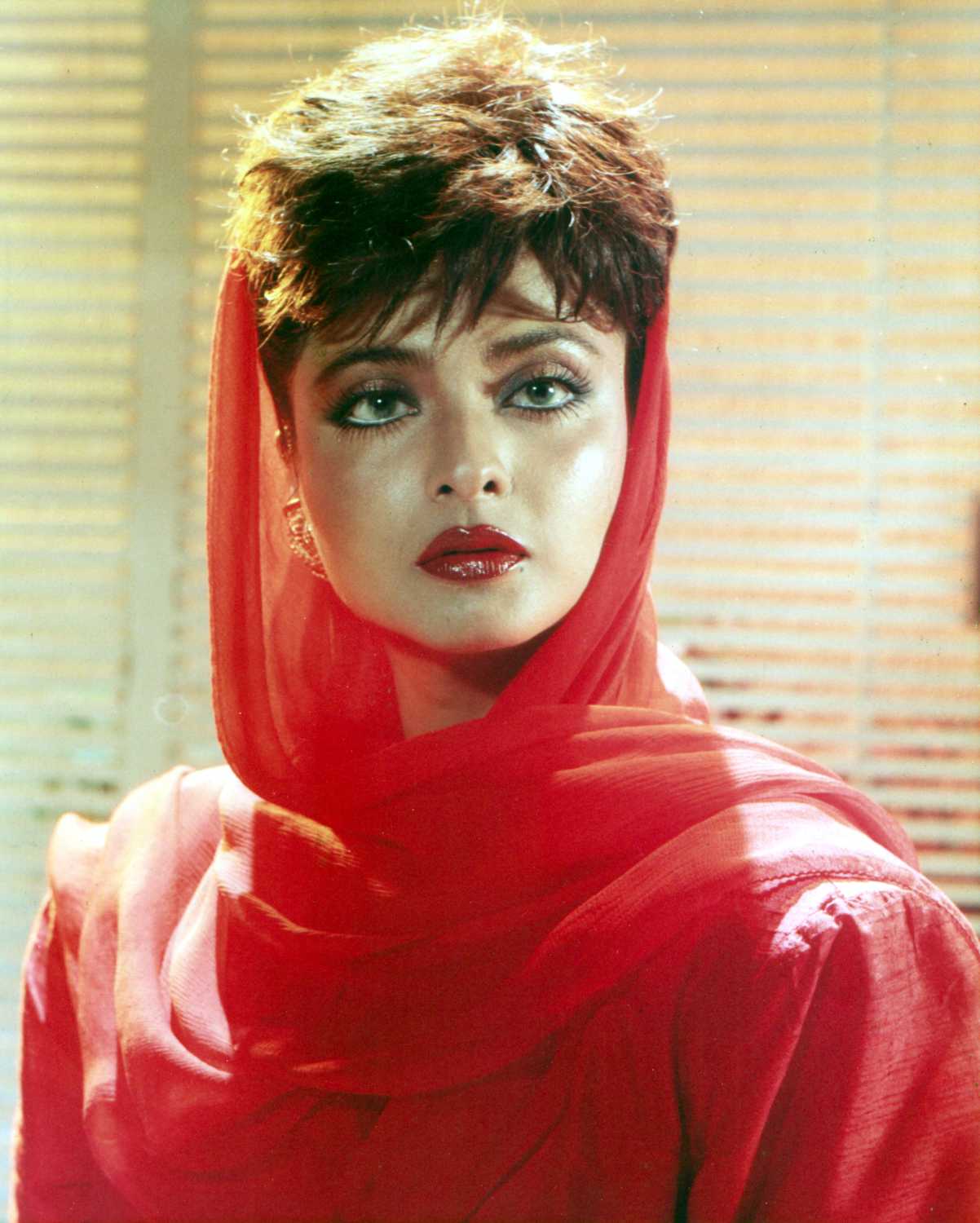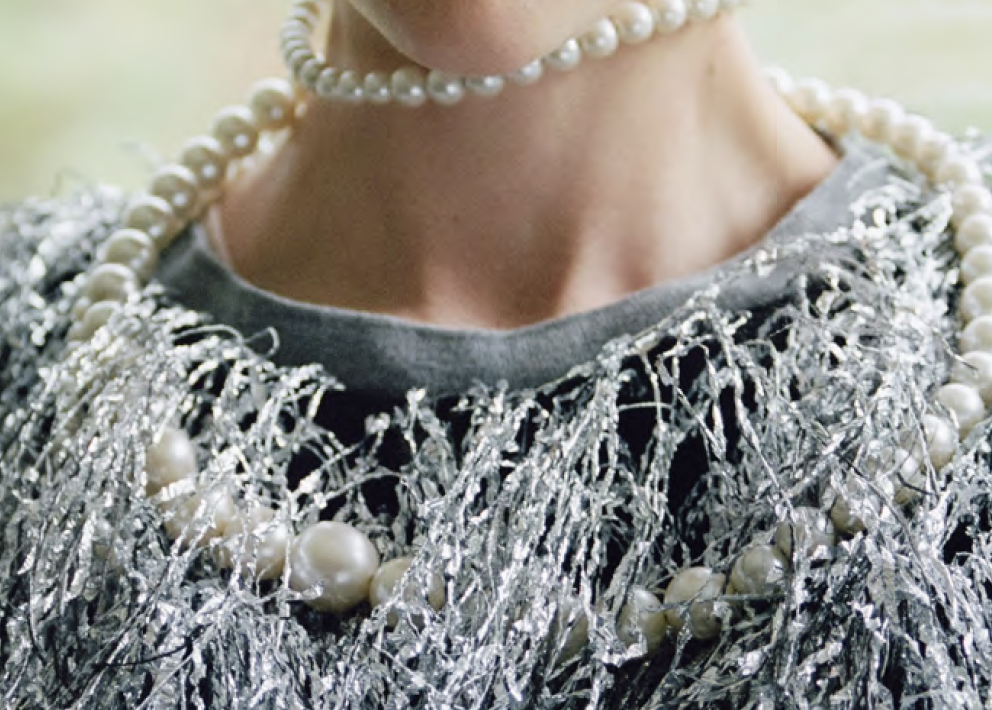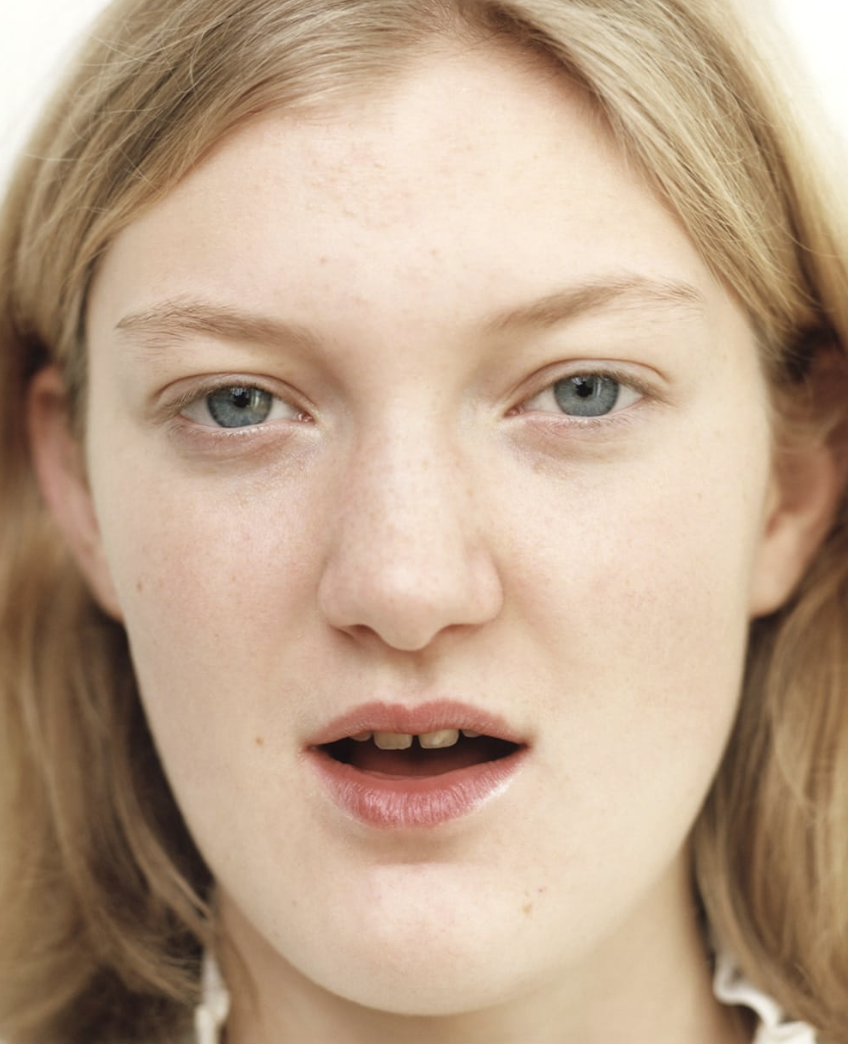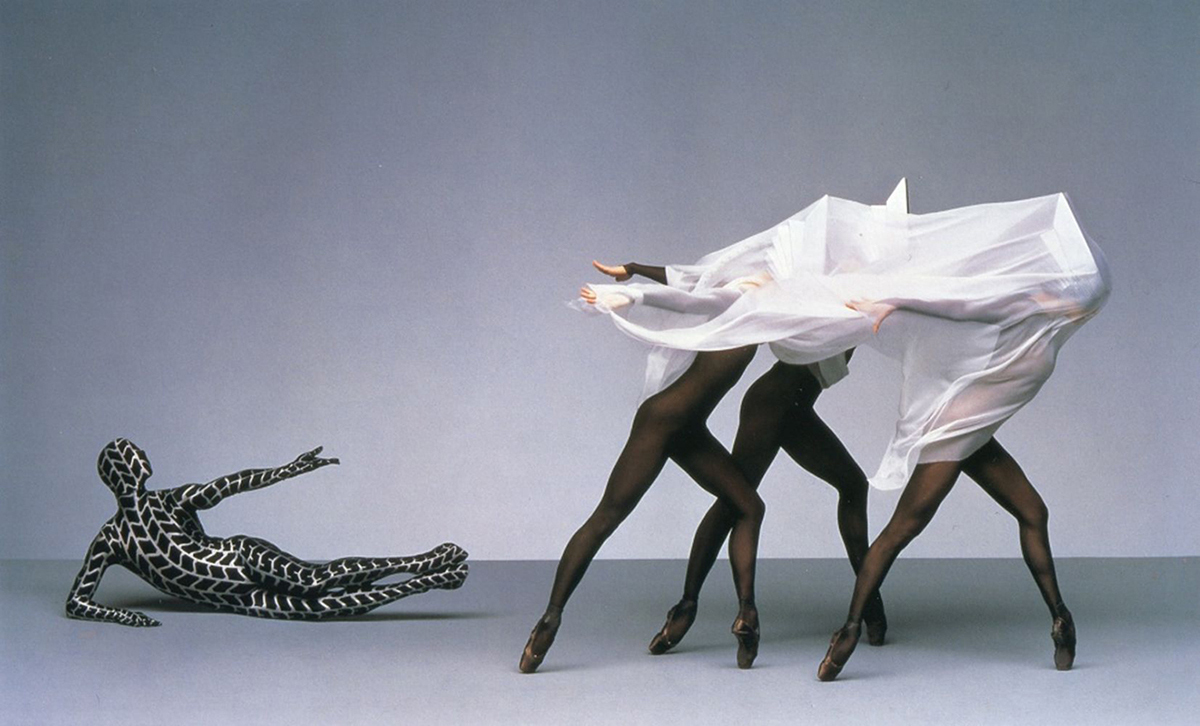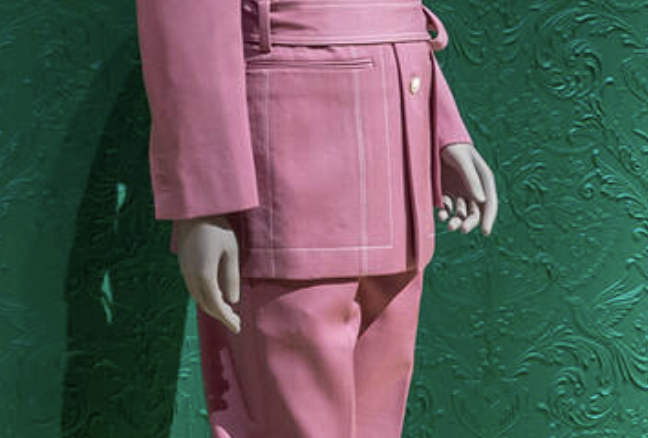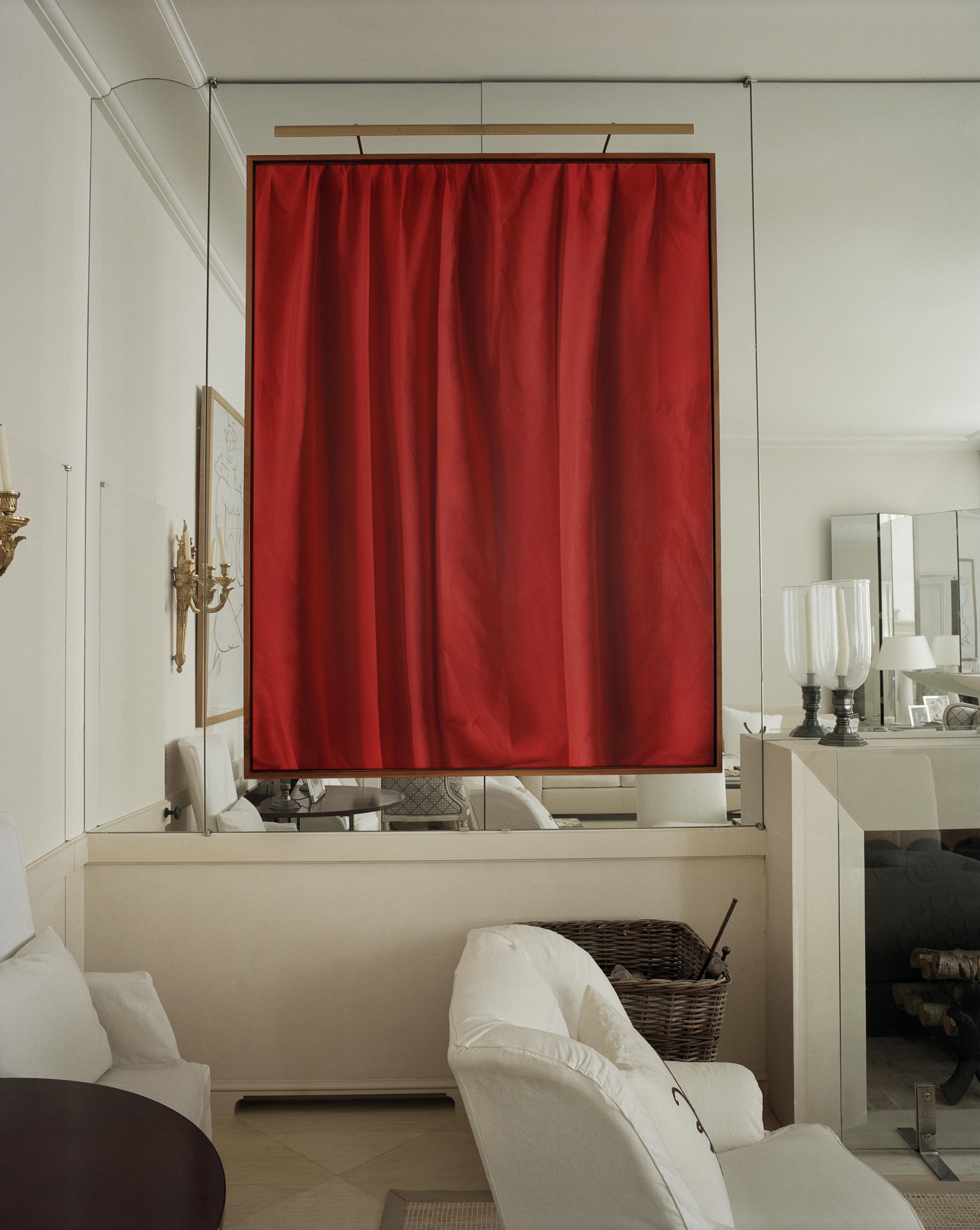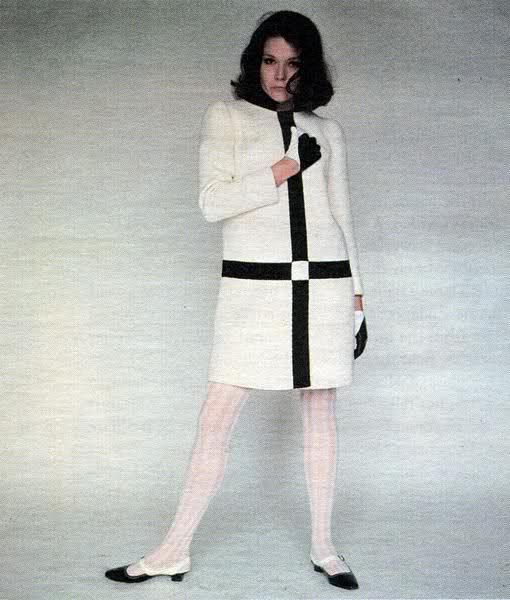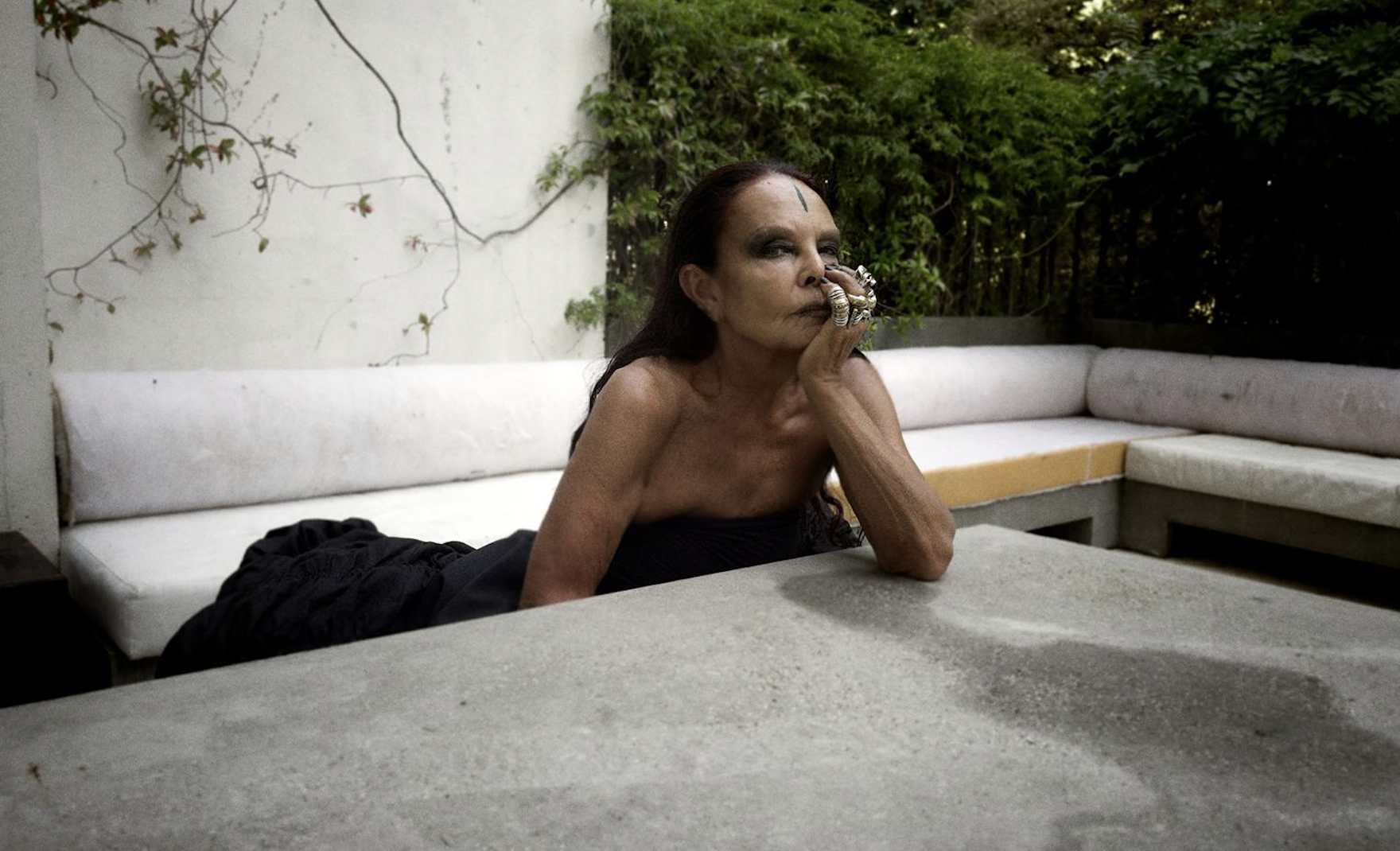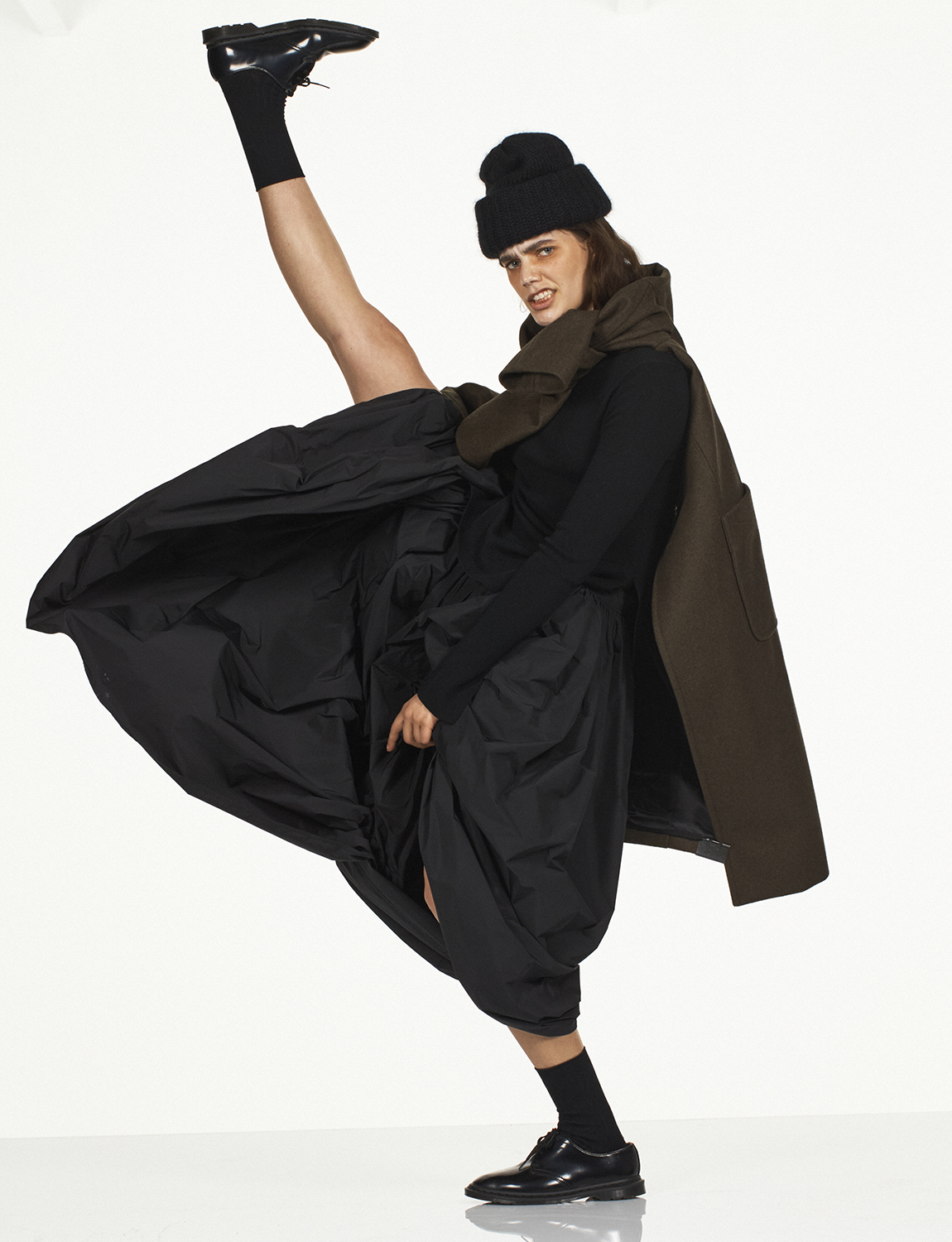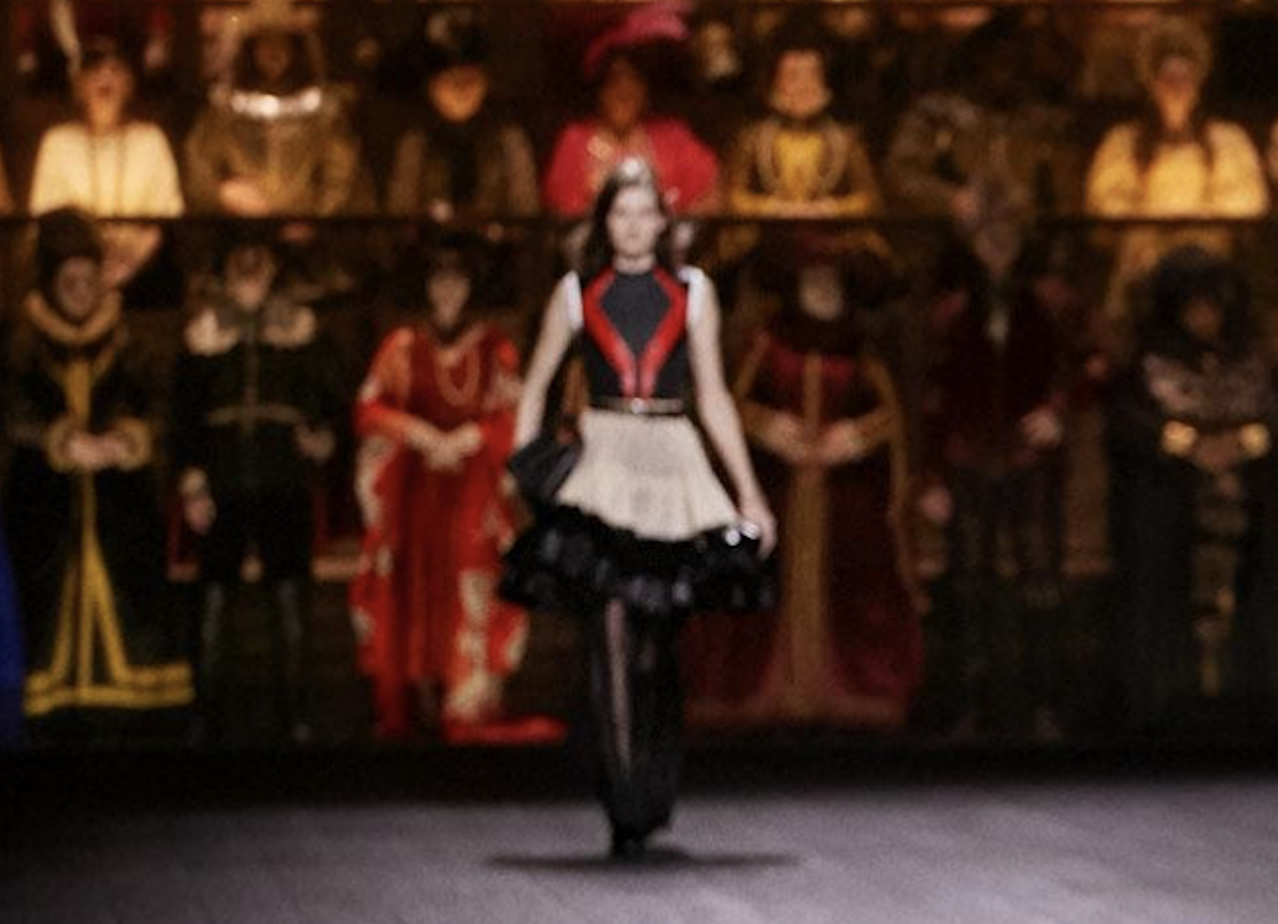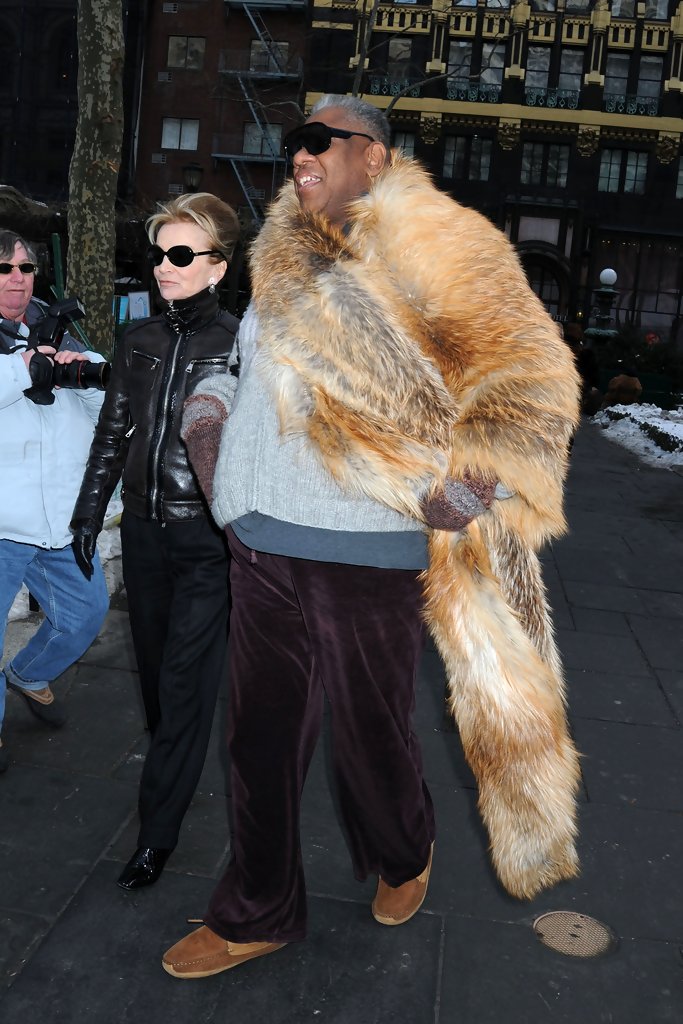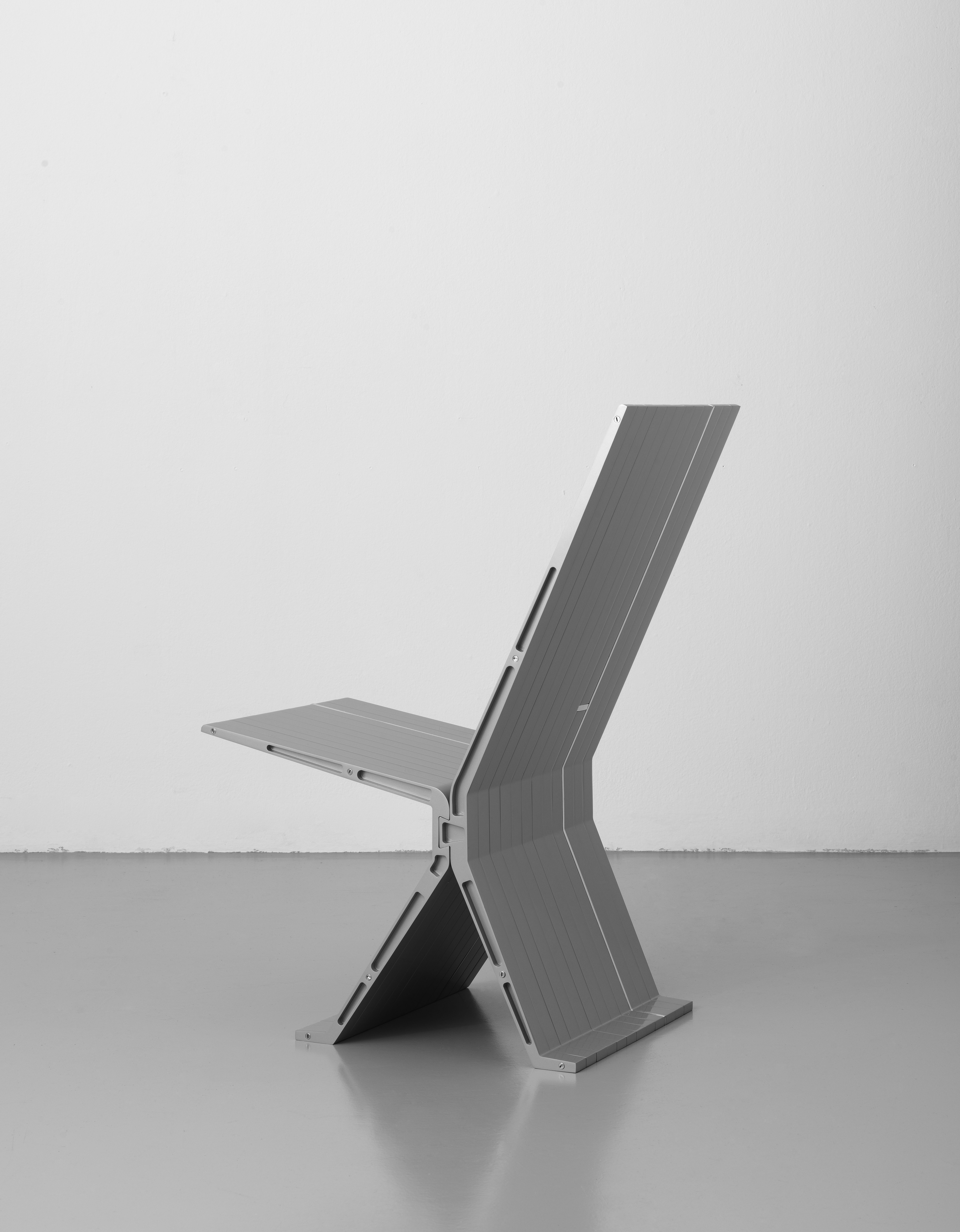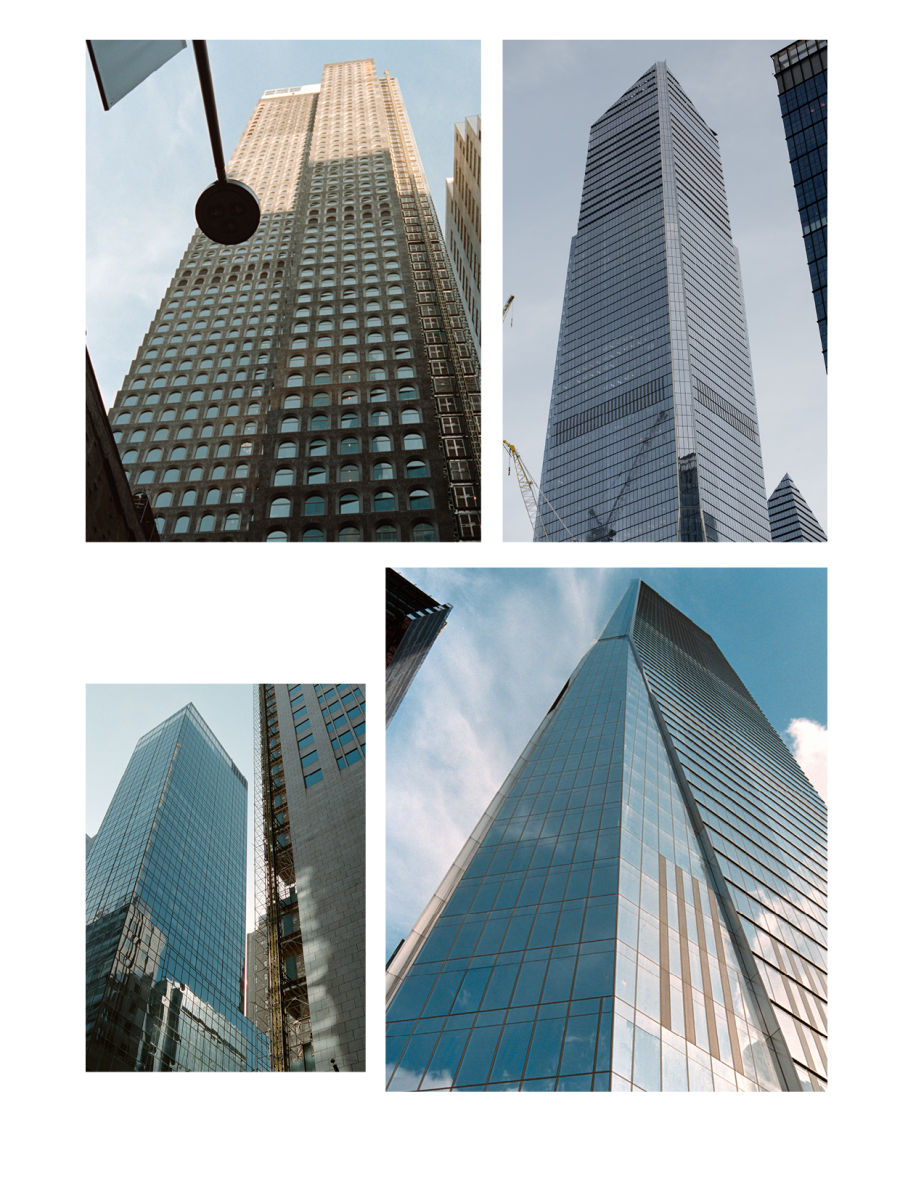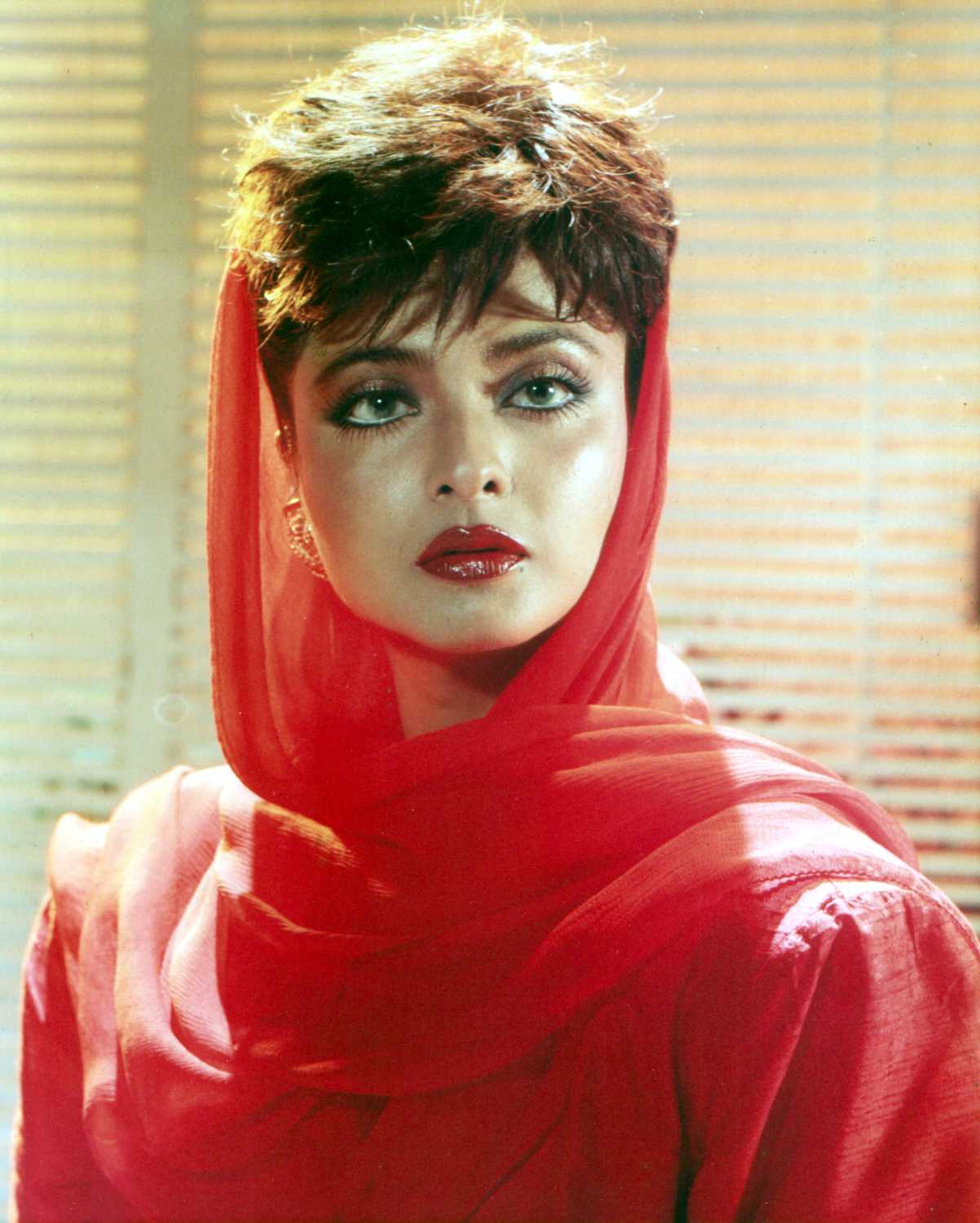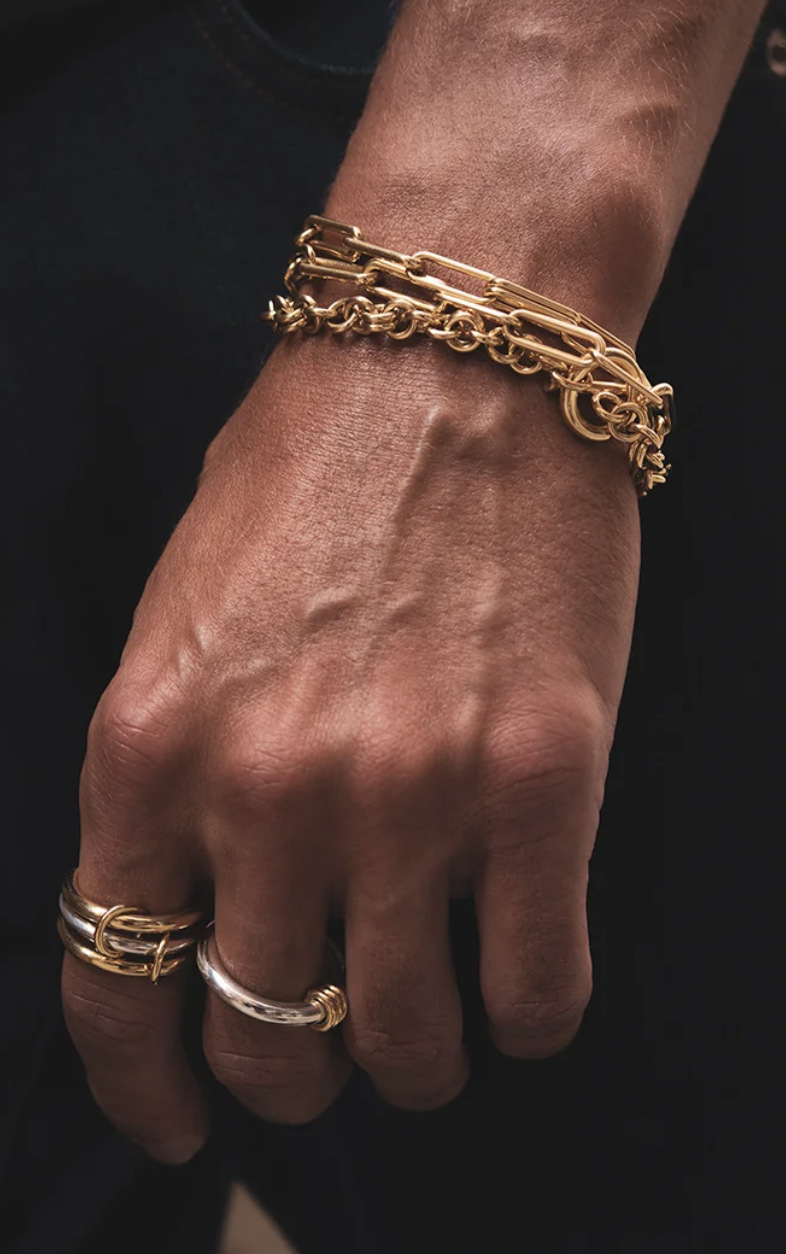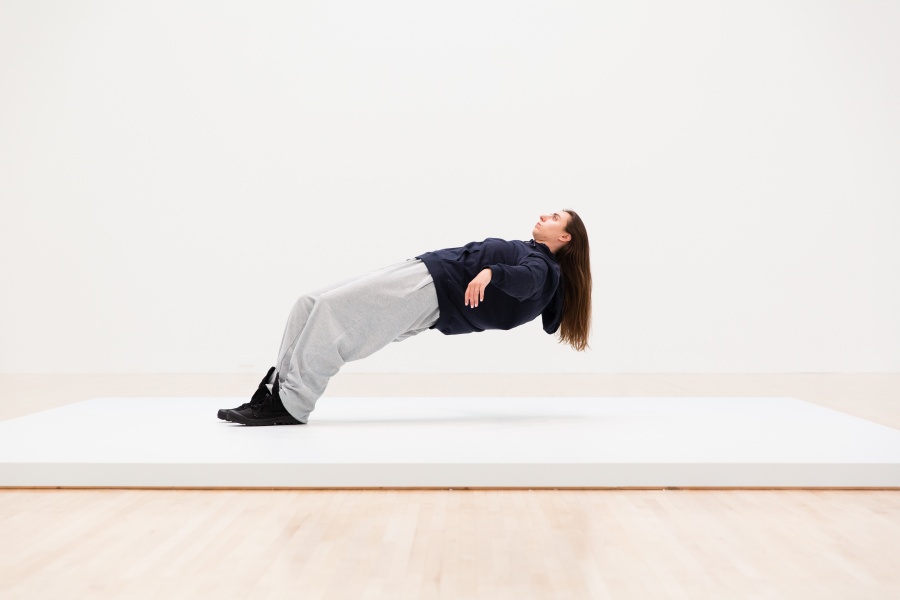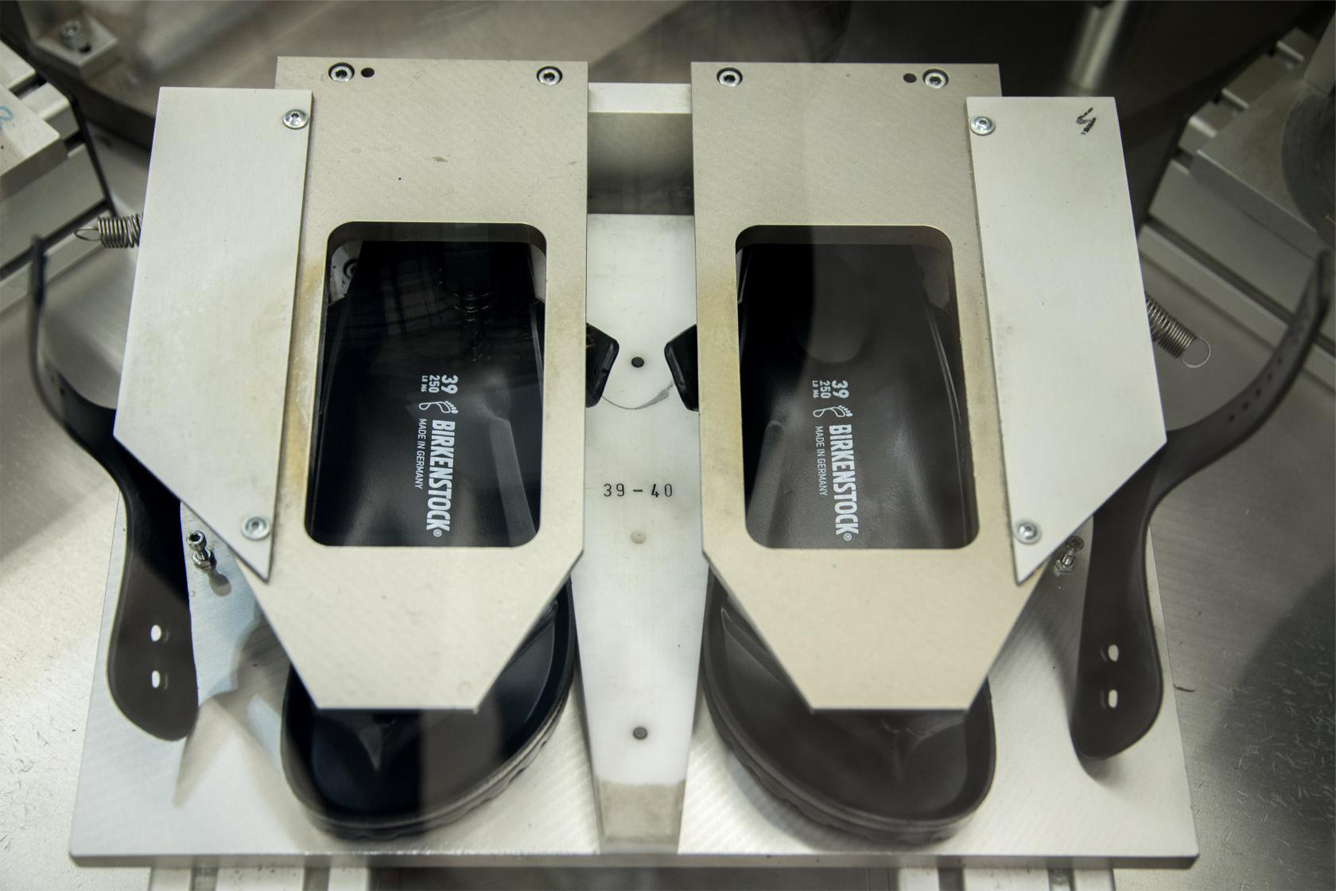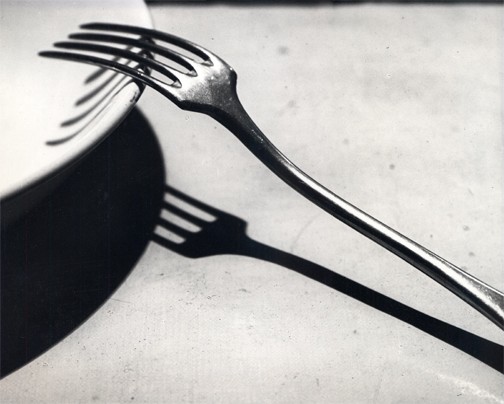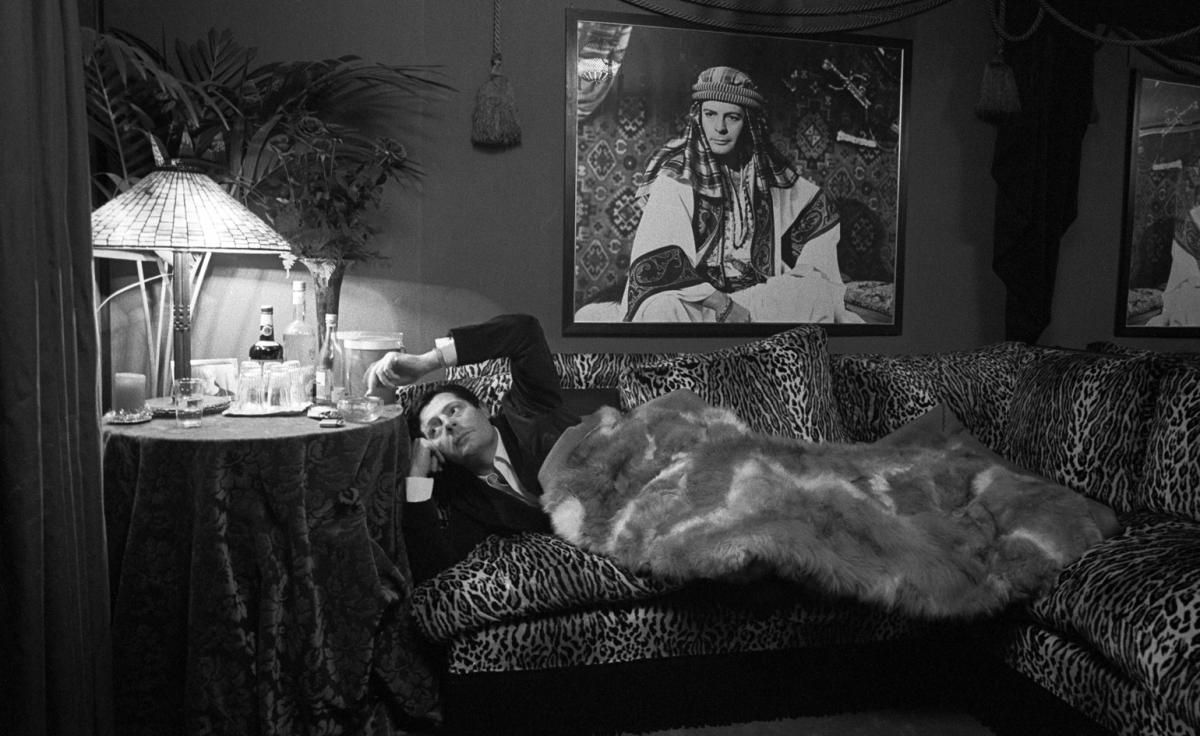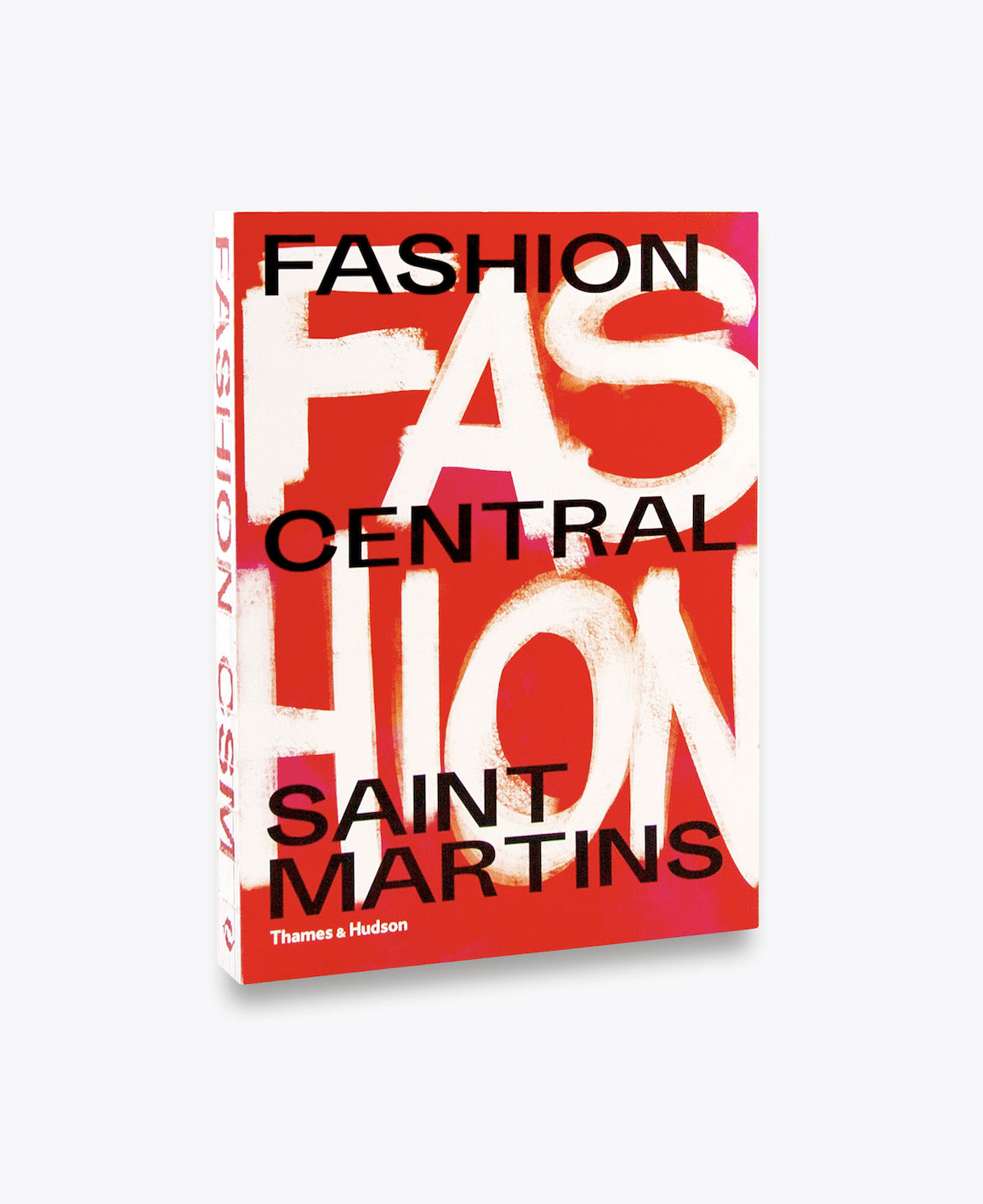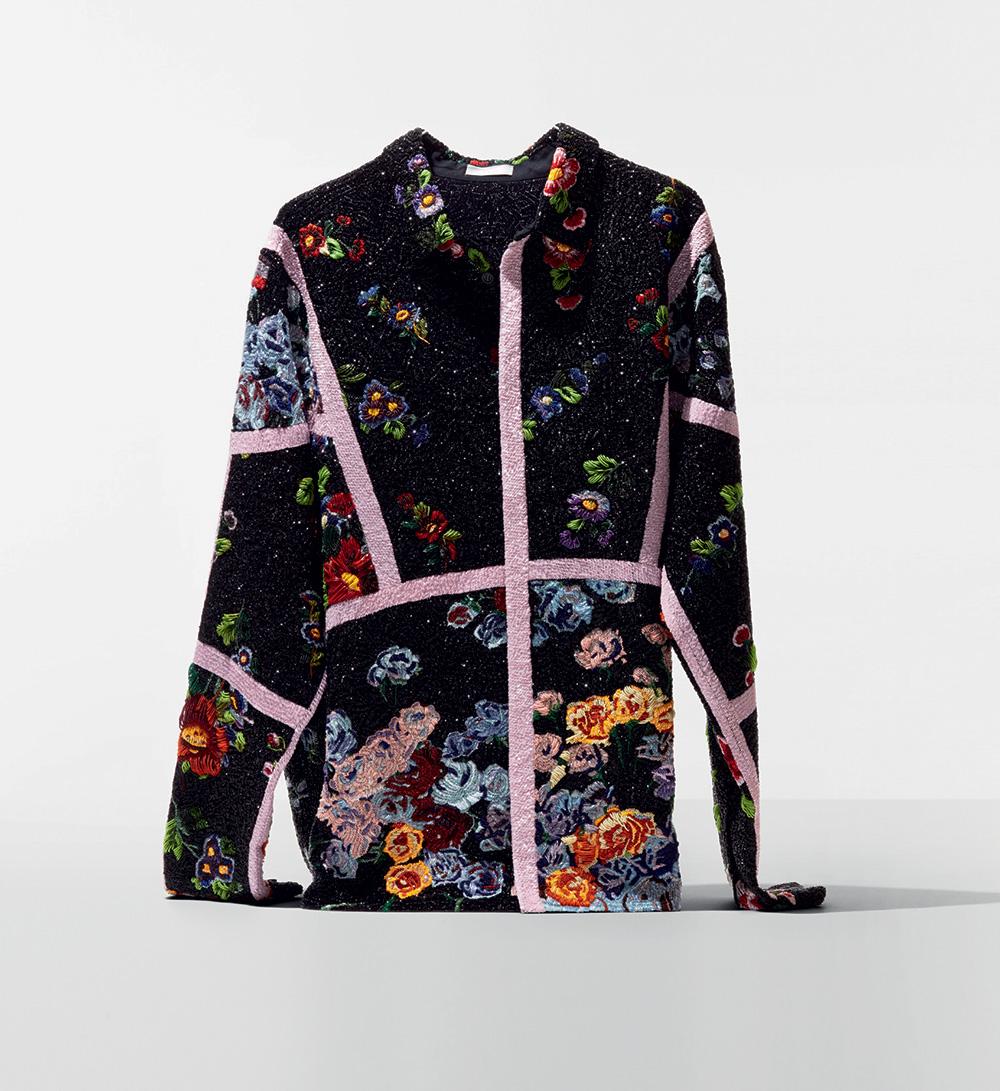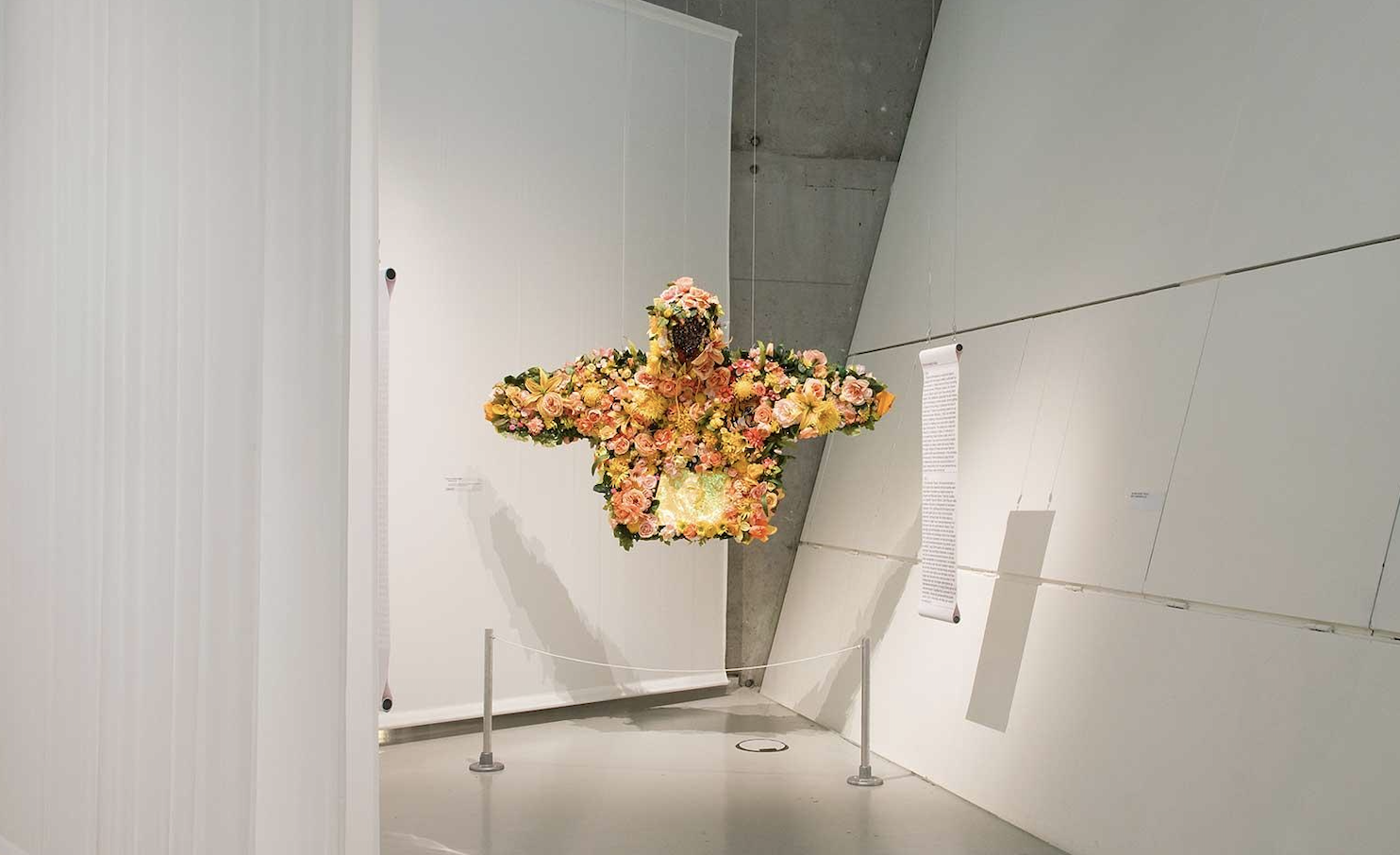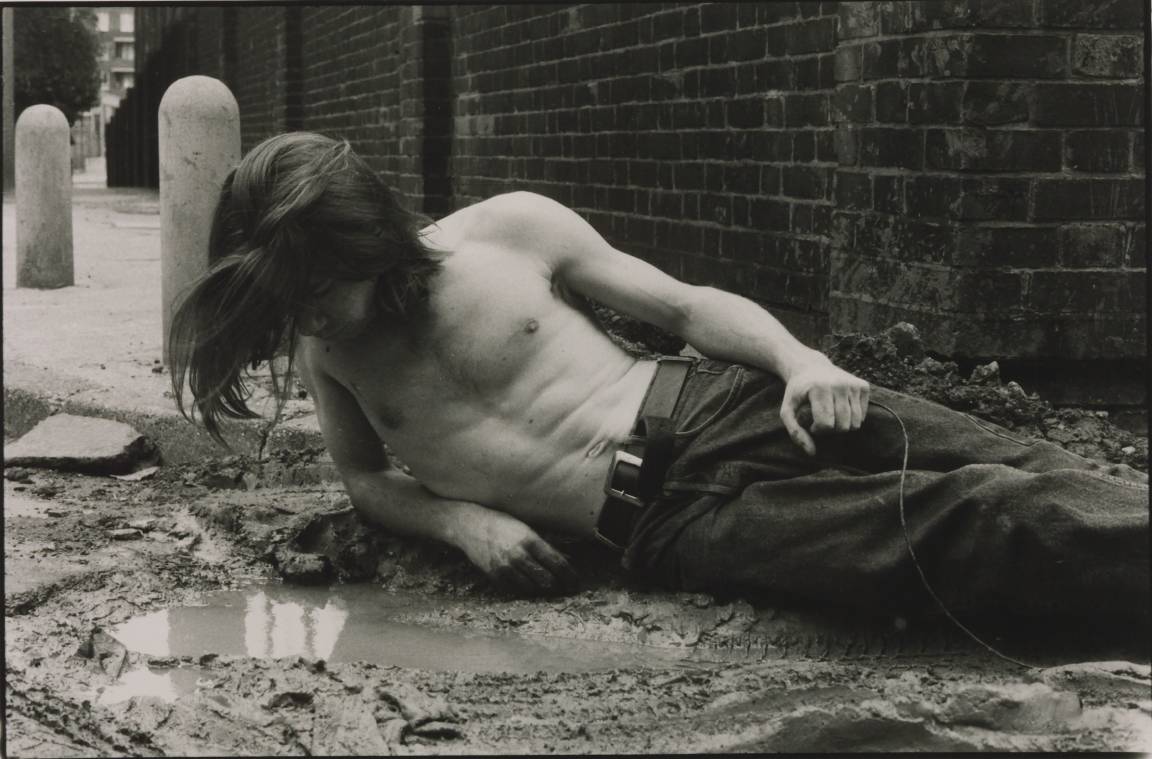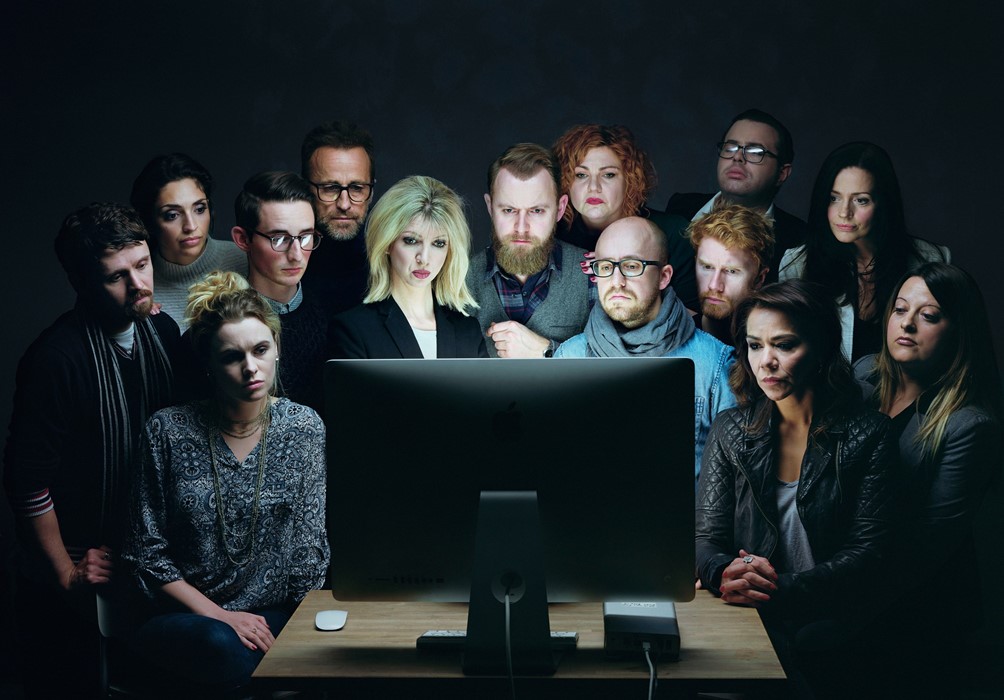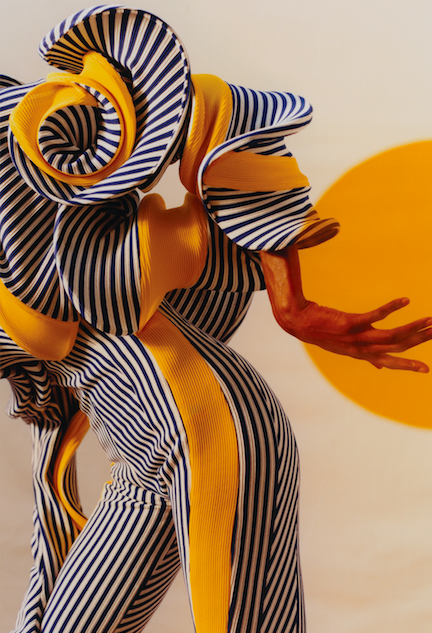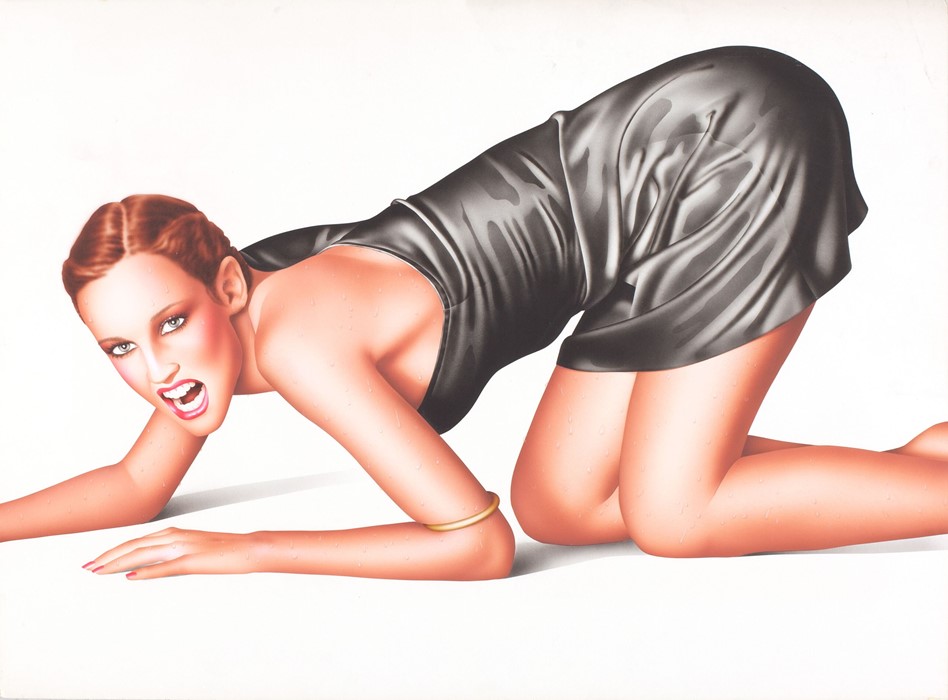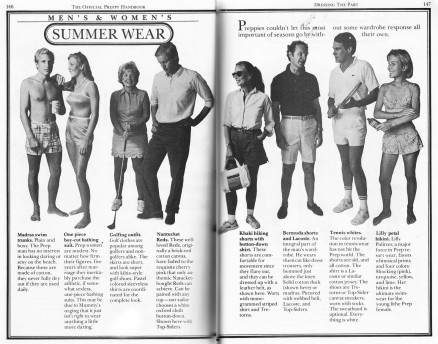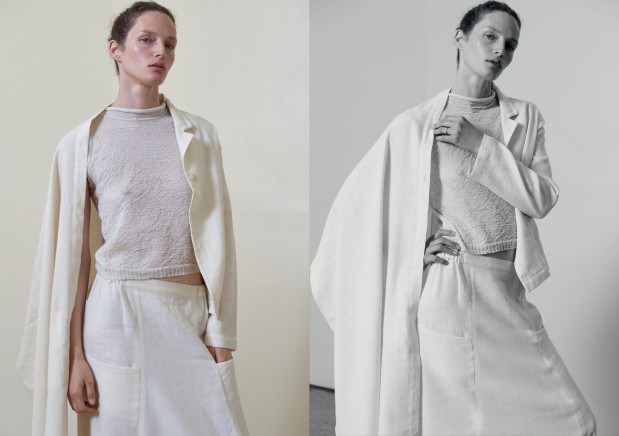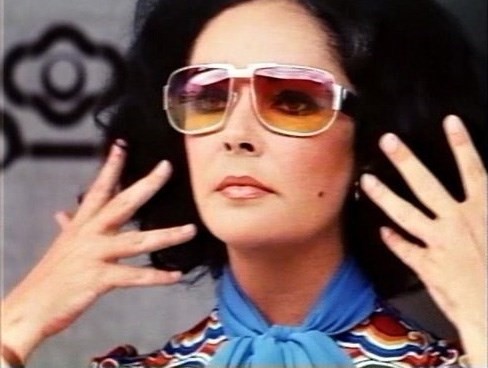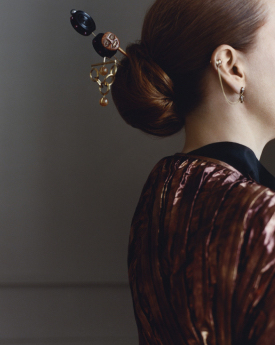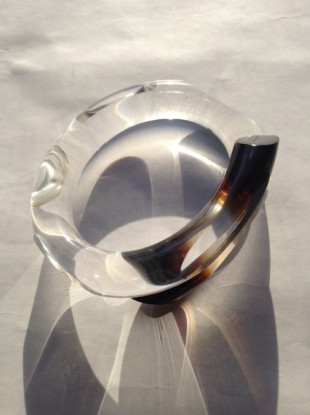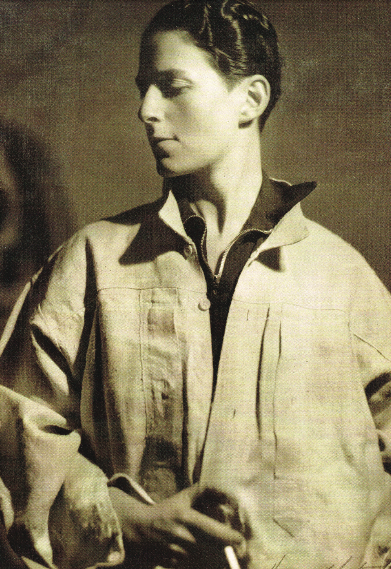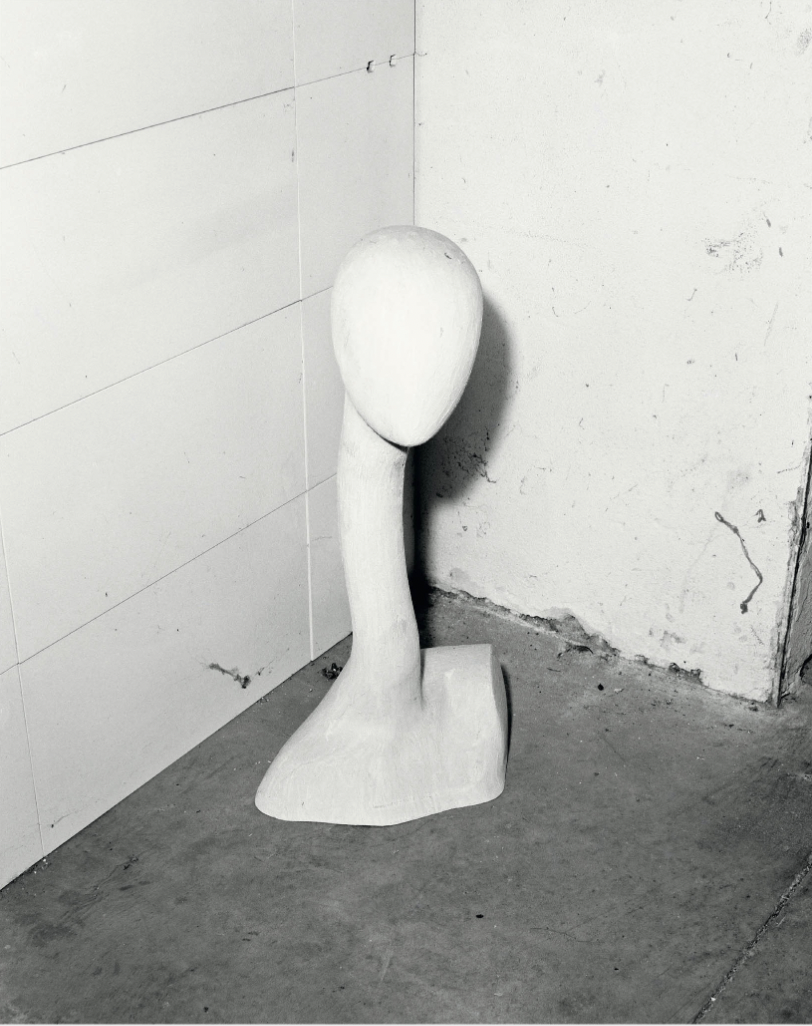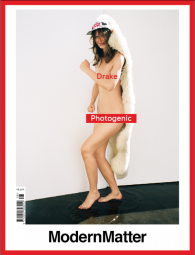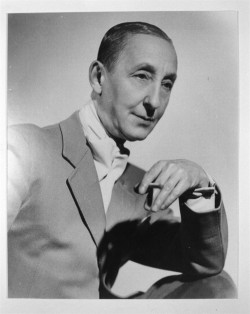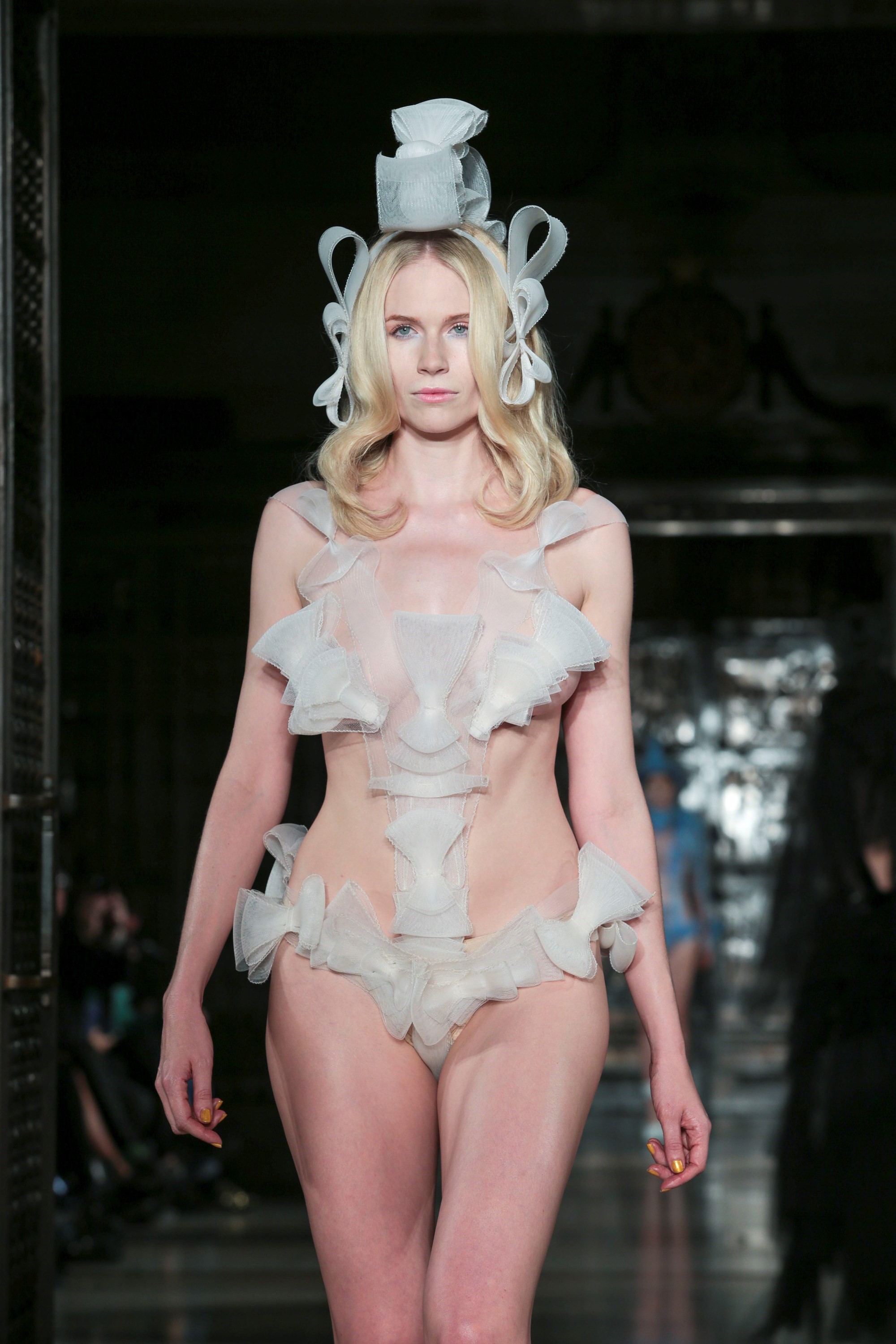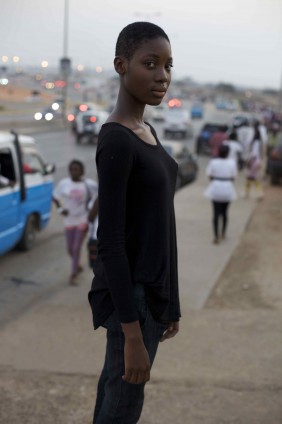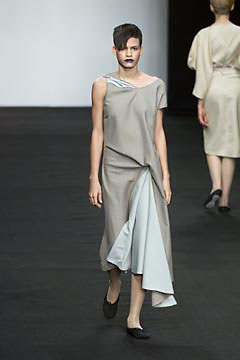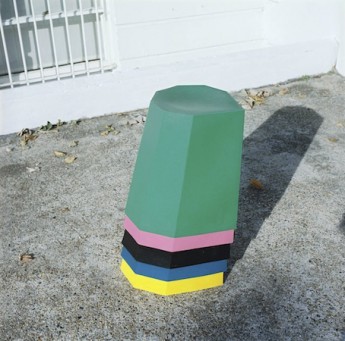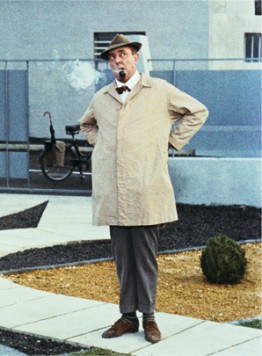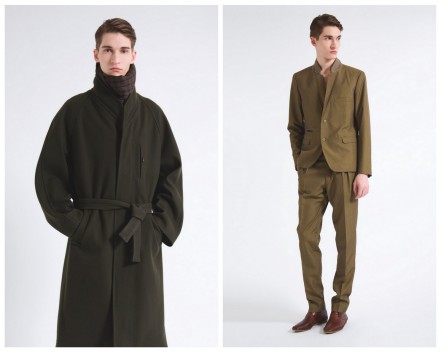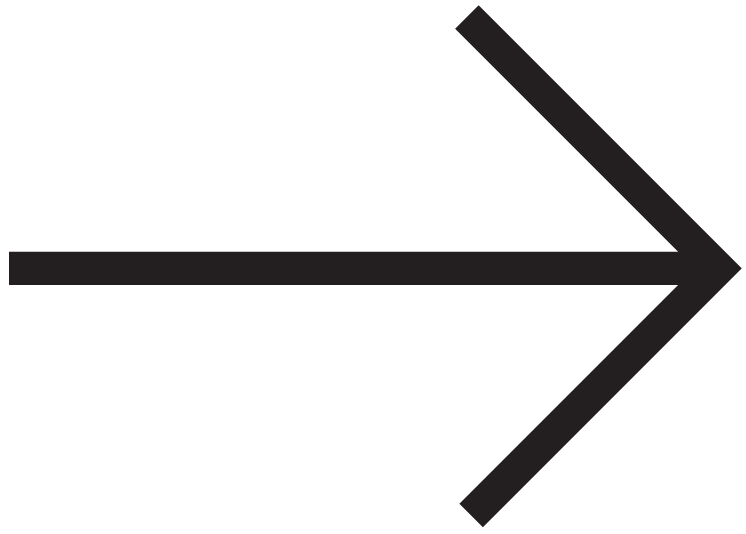2021
Rekha
Published in Cinema du Look
A Woman’s Face
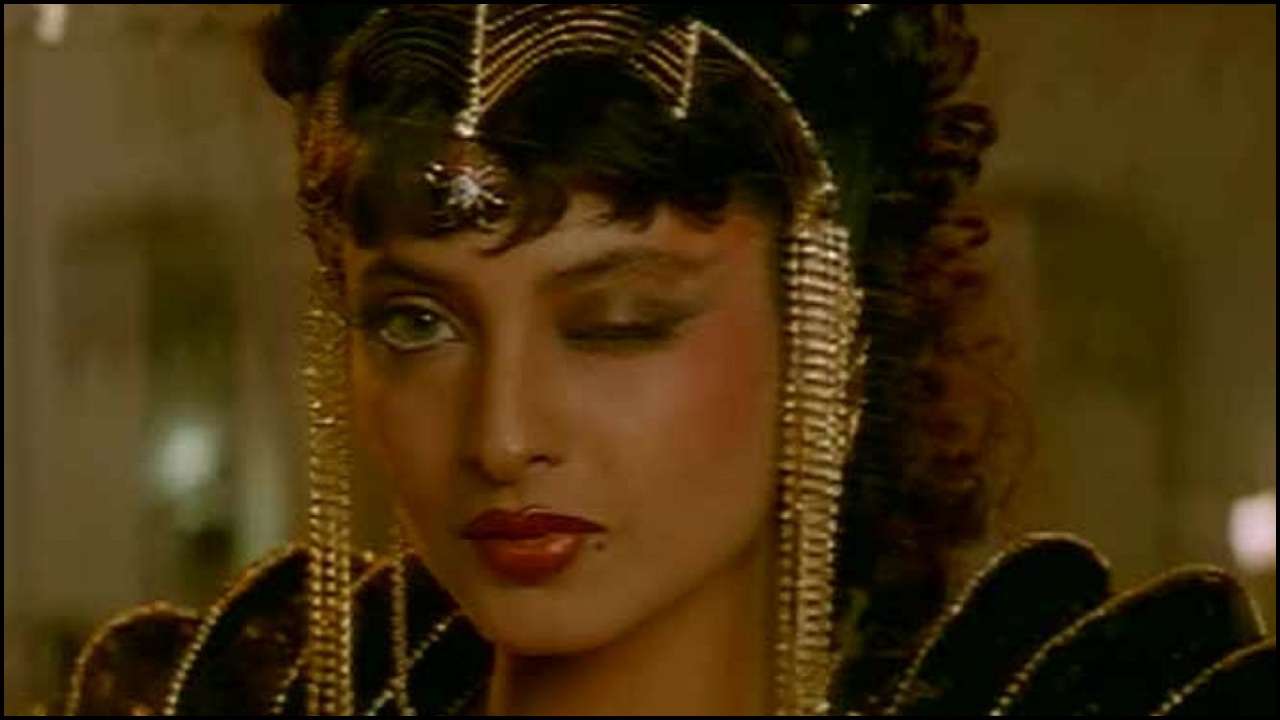
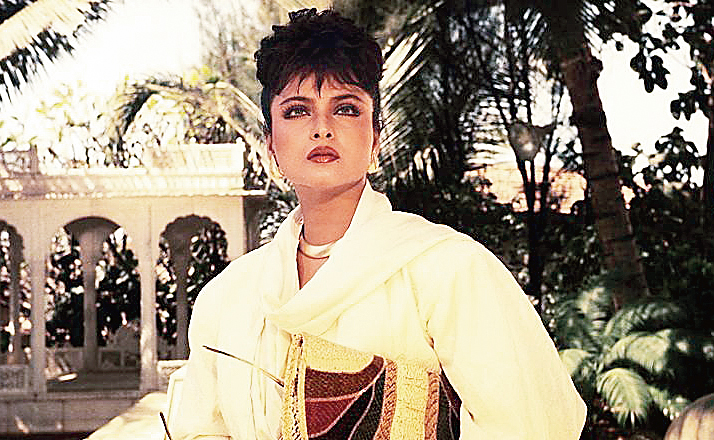
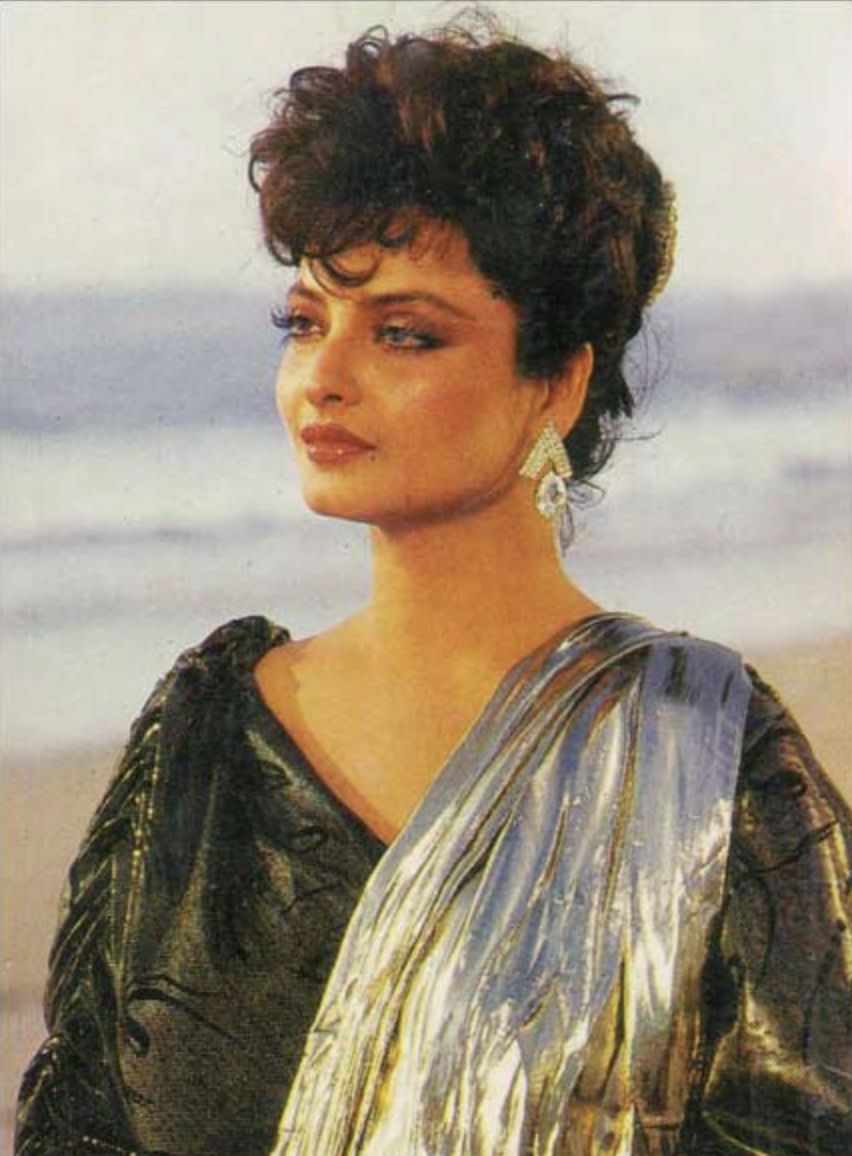
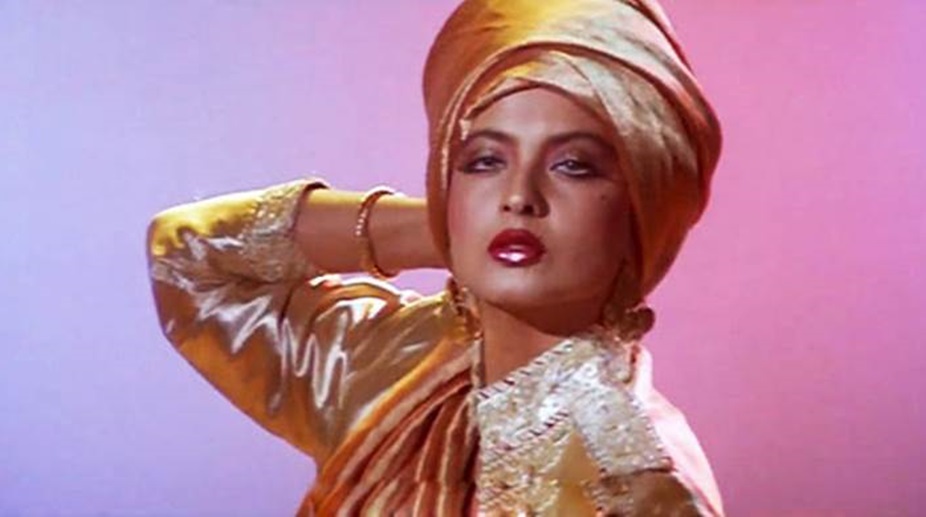
Growing up in a beige British town in the mid-1990s, I gorged on every bit of cinematic fantasy I could. Channel 4 screened majestic Indian films in the early hours and I would drag my floral duvet in front of our 28” television, eager to binge on Bollywood’s lurid kitsch. It was my portal out of the suburbs.
![]()
Imagine a big ‘X’ drawn in hot red lipstick over the face of a girl on the cover of a magazine; a lacquered nail tapping the side of a plump bronzed cheek; a manicured eyebrow, raised. Imagine Rekha – paragon of Bollywood allure – in a full leather look, wielding a rifle, her thick black mane pulled over one shoulder, announcing her character’s double identity as ‘a miracle of science, medicine and plastic surgery’ – with the flick of a coloured contact lens!
This is one of the closing scenes in the 1988 action thriller Khoon Bhari Maang, which loosely translates as Blood on the Head. Directed by Rakesh Roshan, this is a riches to rags, gore to glamour revenge story with a mass of lip gloss, disco and glitter. At its centre is Aarti, played by Rekha: a dowdy, wealthy widow and doting mother. She is humble and make-up free, wearing traditional shalwar kameez in an unremarkable floral print. She has a long plait and a centre parting. She is sad but not depressed, surrounded by love yet lonesome.
The first half of the film explores the deeper complexities of matriarchal personae with a gossamer touch. Aarti’s children are her life and they ought to have a new father – enter the strapping Sanjay, played by Kabir Bedi, who woos her into marriage. Sanjay plays tennis and swims. He floods the screen with a honeyed charisma in a wardrobe of tight fitting polo shirts and snug trousers. He is too smooth to be trustworthy, too handsome to be genuinely interested in Aarti, too good to be true. Believing himself to be the benefactor of her will, Sanjay pushes Aarti into a crocodile infested lake as she giddily snaps photographs. The water turns Giallo red. We hear Aarti’s ignored screams. She is left for dead but there are still 70 minutes left of the film.
![]()
Cited on Wikiwand as a ‘plagiarized copy’ of the Australian TV mini-series Return to Eden (1983) Khoon Bhari Maang is bacchanalian cross-cultural kabuki. It is a film about reincarnation with parallels to Rekha’s own struggles with her image. Appearing in a couple of Telugu films as a child actress in the early 1960s, Rekha made her Hindi debut in 1970 with Sawan Bhadon yet, despite the success of her early films, she was characterised in the press as a ‘dark, plump girl’. In her early 20s, Rekha began a strict course of self-improvement: ‘I became a vegetarian and stopped living dangerously,’ she joked and reportedly even came to London for a time to attend a make-up school. By the end of the decade she emerged as a disciplined, exquisite deity. When she made Khoon Bhari Maang – a film with all of the capitalist chutzpah of Dynasty blended with the folkloric fantasy of classic Indian cinema – Rekha’s image was well honed.
Aarti is saved by a local fisherman but is left violently scarred. She sells her diamond earrings and heads to America for a new face. In an antiseptic white room, a nurse holds up a round plastic mirror as the bandages are peeled away to reveal the true face of Rekha the star, who marvels at her own reflection. (Her surgeon remarkably learns some Hindi for her consultation.) Once she has been remodelled into an unparalleled vision named Jyoti, the film picks up pace. Her revenge plot against her husband and his lover Nandini begins just as Rekha’s true beauty is unleashed.
Writing in The Tribune upon its release, M.L. Dhawan said the film ‘destroyed the myth that it was essential to have a hero as the protagonist and that heroines were there just to serve as interludes and mannequins.’ Yet Rekha is both mannequin and hero. Wearing a long red dress, a hefty shouldered blazer, chiffon scarf, her face hardly visible covered by oversize sunglasses, she strides into a modelling agency back in India with plans to usurp the devious Nandini. A prattling receptionist looks up and is immediately transfixed. Jyoti is immediately hailed as the next big thing. Like many of the looks typical of the period – from Joan Collins as champagne-scented bitch to Cyndi Lauper’s kaleidoscopic allure – the costumes designed by Abu Jani, Sandeep Khosla and Leena Daru seize upon fashion as a kind of armour.
Both the film and its inspiration embraced ideals that were soon to be critiqued within Nineties academia. The rising popularity of cosmetic surgery in America and an informality around rhinoplasty, breast augmentation, fillers and liposuction encouraged a wider, more public scrutiny of women’s bodies across all forms of media around the world. Some feminists – most notably Naomi Wolf in The Beauty Myth (1990) – declared there was a war being waged against women’s bodies by the patriarchy. Yet even she admitted that we need glamour as part of a fundamentally human urge to adorn. Within this historical context, Aarti/Joyti is the apogee of feminist contradiction. She is empowered by the very ideals that first crushed her.
To 14-year-old me, Rekha was the quintessential embodiment of shakti (female power) – the same Circean force I saw in Richard Avedon’s campaigns for Gianni Versace, in Thierry Perez’s illustrations of Yasmeen Ghauri and Gautam Rajadhyaksha’s gloriously Daliesque covers for Cineblitz. As we watched Khoon Bhari Maang for the first time, melting Skips onto our tongues, my sister and I gasped at the bejewelled wigs, blue lipstick and sub Alaïa, Mugler and Westwood costumes. This was Power Dressing. Evil is triumphed over by beauty. Aarti is the quintessential eighties goddess.
